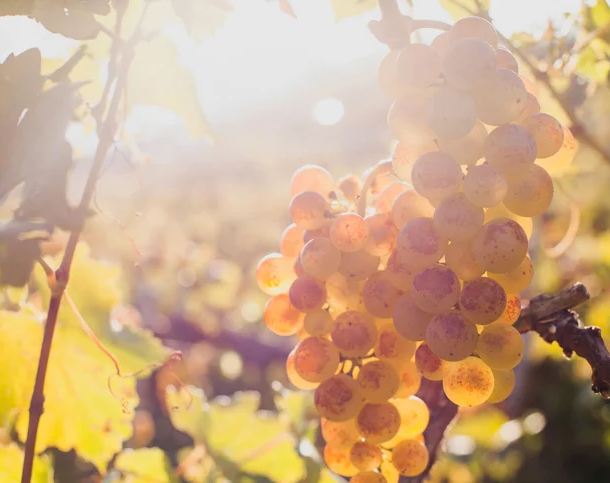
“I think the Cabernet has a green character—I hesitate to call it vegetal—in the mountains. It won’t go away even at absurd levels of sugar. One idea is that it’s due to fir trees (in the same way eucalyptus can color wines), but I think it is just plain colder.” —Chris Howell
“There’s ripeness … and then there’s ripeness,” The World of Fine Wine, February 2022:
Inspired by a recent trip to California, Benjamin Lewin MW explores the ways in which winemakers assess ripeness, and the competing ideas of what constitutes a truly ripe grape.
Ripeness is a moving target. First, it was simply sugar levels; once grapes reached somewhere around 22 Brix (12% potential alcohol), it was time to harvest. This did not work so badly in cool conditions, because by the time the grapes reached 22 Brix, they were ripe (or at least, as ripe as they were going to get). In the present warmer conditions produced by climate change, this does not work so well; sugar accumulates more quickly, and it’s common enough to exceed the old limits for Brix well before the grapes are ripe. Enter the new criterion of phenolic ripeness.
Heat and growth rates
Of course, there could be extraneous causes. Winemaker Chris Howell at Cain says, “I think the Cabernet has a green character—I hesitate to call it vegetal—in the mountains. It won’t go away even at absurd levels of sugar. One idea is that it’s due to fir trees (in the same way eucalyptus can color wines), but I think it is just plain colder.”
Another insight into discordancies in ripeness comes from Merlot, which is rarely successful in Napa. This is usually thought to be because it’s too hot, but I’ve had Merlots (and blends) that have been aggressively vegetal, even though all other criteria suggest high ripeness. The winemaker at one top producer says, “The Merlot that grew at the entrance always developed a vegetal note. It grew very fast early in the season. Once we introduced water stress before veraison, the vegetal notes disappeared.” So, perhaps differential rates of growth are a factor.
Some people hold the view that the character of a vintage in Napa is determined not so much by the overall accumulation of degree days during the growing season, but by the frequency and duration of heat spikes. (When heat spikes are severe, vines close down.)
Taking a broad view, ripeness requires a certain level of sugar, for acidity not to fall too far, and the tannins have to be ripe, however that is defined. But (at least for black grapes) it is safe to assume that the ripeness of all sources of tannin (skin, stems, and seeds) develops in tandem. So, is phenolic ripeness just as simplistic a concept for measuring ripeness in its way as Brix used to be? What comes next?
By Benjamin Lewin MW

